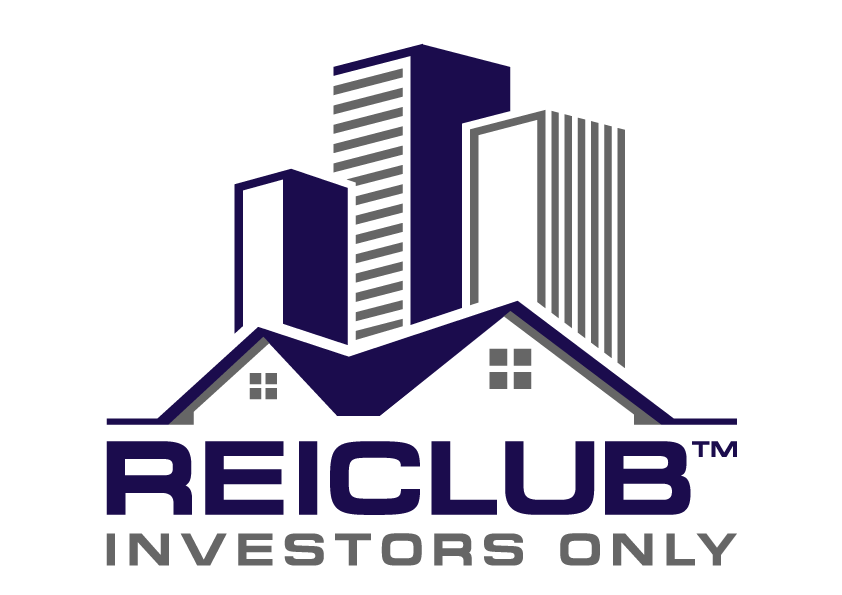I am a full time real estate investor and owner of Always Open Storage, LLC. A year ago I was fairly oblivious to how the self storage industry worked, as I had spent my previous years in residential real estate. However, I heard about a great business opportunity in the self storage industry and was referred to someone in my home state of Indiana to speak to regarding the business.
When I first realized I wanted to become a self storage owner, I decided to contact all the experts in the industry. Initially I spoke with Scott Meyers, RK Klibenstein, Jesse Luke, and Rick Jordan to name a few. All of these gentlemen are well known and successful in the self storage industry. Therefore, talking to these gentlemen was very helpful and allowed me to learn so much about the business. I went out and bought every self storage publication known to man and read each of them cover to cover two, maybe three times. Some of the books I read included: Self Storage Investing by Scott Meyers, How to Make Money in Self Storage by RK Klibenstein, How to Manage Self Storage by Tom Littion, and the list goes on. If there was a book on self storage, I was reading it.
I met with Scott Meyers who helped introduce me to the business and then proceeded to teach me all there was to know about purchasing existing self storage facilities. Doing thorough research and following the guidance provided by someone who has achieved success in the field you are getting into will help you along the way. That is exactly what I did; by calling, emailing and talking with the experts, before I invested one cent into the self storage industry.
Studying the successes and failures of others allowed me to put myself in a position to be successful. It is now one year later and here I am with one storage facility under my belt and ready to buy another one.
After educating myself on the industry and networking as much as possible, I was ready to sign on the dotted line and jump into my first property. So, in November of 2008, I started the process of buying my first self storage facility. Initially, I talked to the potential seller (who lived four hours from me), over the phone. At first, it took some relationship building and feeling each other out in order to structure the best win-win scenario for the both of us. It is important in any transaction to try to meet the needs of both parties to provide the best possible result. Communication and direct contact with the selling party is essential. Luckily for me, my hard work and constant communication paid off because on March 24th 2009, I purchased my first storage facility located in Danville, Illinois.
I originally talked to the seller and dug down into his motivation on why he wanted to sell. The next step in negotiation was finding out what the owner believes are the most important to him in selling his property. In most cases this could be price, terms, or something personal for the owner. Once you know what is important for the seller you can base your negotiations around that that.
On this property he originally wanted a purchase price of $950,000 and $200,000 down. Through my early discussions with him I decided that he was motivated by price and was able to be flexible on terms. I did my best to show him comparable properties and explain to him why his property was not worth $950,000 and was able to negotiate down to a $700,000 purchase price.
This would not have been possible if the owner was not motivated to sell. It is imperative that you only deal with motivated sellers.
The best part during the negotiation was negotiating terms because he was flexible on these because he owns it free and clear. As long as he got a fair market price he was able to drop his down payment, interest rate, amortization period, and extend his balloon time. I was able to negotiate great terms because these were not as important to the seller as price. I was able to negotiate a down payment of $133,000, interest rate at 6%, with a 30 year amortization period, and a 4 year balloon. Each of these terms at the time was much better than any traditional financing means. I was able to secure the down payment, closing cost, and repair allowance from a private investor who believed in my business plan. It is imperative to share your plans with others in hopes that someone one day will invest with you.
As a result of my negotiations I was able to buy a 28,000 sq foot facility, with 260 units, below replacement cost with major upside. I was able to do this because of the industry experts who helped me along the way and never taking no for an answer. The best part of the deal is that I did it all with no money out of my pocket.
The facility I purchased had been a mainstay in the community for many years and although it was well known, it had started to lose its appeal. The property was located on a major road in town (which is a must), but it looked tired and needed new energy. The bushes were not trimmed, leaves were not raked, the signs were falling apart, and the list goes on and on.
I called the facility in several ‘mystery calls' to evaluate what type of first impression a customer might have when calling the facility. Well, I was not greeted with a friendly voice. There were other times when I called the facility and left voicemails but they were never returned. Tenants are currently worth $600-$900 in this market and the staff at this facility did not take the time to get my name, my number, or even return my call. This is the epitome of bad business and will turn customers away.
In the months leading up to the closing on my new facility, I put an “Action Plan” together. I evaluated the market occupancies, the demand for storage in the area, the location of the target facility and how the facility would work within the community. My primary goal was to determine how I could add value to the asset. In most cases to add value to your property, the income for the facility needs to increase while the expenses are decreased.
After a couple of months, my plan of action was ready to be implemented. I planned on hiring and training a manager, improving curb appeal and customer service, and renovating an existing onsite office that was not being used. I also planned on installing a security gate with key pad entry to help deter crime and late payers from vacating and entering the premises without paying.
Had it not been for the very helpful and very successful individuals I spoke to, I may not have been able to purchase my property and even if I had, I may not have had the knowledge I needed to make it succeed. As it turns out, my physical occupancy has increased from 65% to 95% in just four months. This increase has resulted in monthly cash flows of $2,500 to $3,500 a month more than the previous ownership received. My goal was to increase gross cash flow to $20,000-$25,000 in my first year of ownership. However now eight months into my operation we are estimating that we will add $25,000 to $30,000 in gross income which equates to $250,000-$300,000 in value.
The key points to remember from this article are to make sure that you do your research if you plan on investing. Seek out the professionals and learn from them; whether you speak to them directly, read their books, or practice their methods, knowledge is power. Arm yourself with knowledge and you will increase your chances of success by tenfold. I wish you the best of luck!
Casey Cavell
North Webster, IN



We love your feedback and welcome your comments.
Please post below: